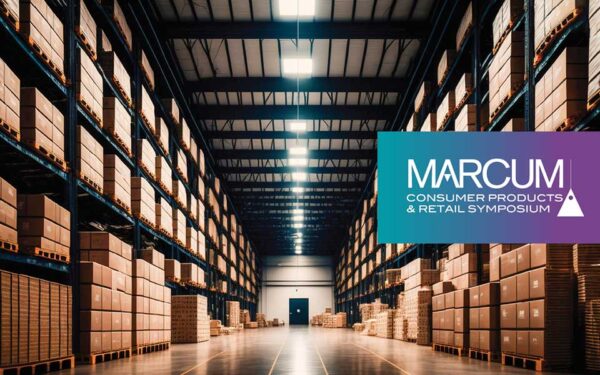What is a CAM Audit?

Common Area Maintenance, or CAM, is the part of a commercial lease that should spell out what a tenant’s pro-rata share of the operating expenses incurred by the landlord is in the operation of the building or shopping center. In other words, it represents the cost to maintain the common areas of an office or retail building in which all tenants benefit.
What CAM costs are typically considered as part of a CAM audit?
- Repairs and maintenance
- Property taxes
- Utilities
- Tax allocations and increases
- Management fees
- Insurance
- Parking lot maintenance
- Landscaping
How does a CAM audit benefit a landlord?
Landlords want to maximize their return on investment. That includes optimizing cost-sharing with their tenants. Landlords should have a formal CAM audit of their expenses that will stand up to tenant challenges that may occur. For example, a real estate tax pass-through should not include real estate transfer taxes, which are those taxes arising from the landlord’s property conveyance.
How does a CAM audit benefit a tenant?
Tenants depend on their landlord for garbage collection, landscaping and snow removal costs, so they need to know if their landlord is paying fair market prices. Tenants often have the right to audit their landlord’s CAM calculations to help confirm that they are being charged accurately and fairly.
Who conducts a CAM audit?
A third-party expert, such as a CPA, can help examine all expenses to ensure fair pricing and determine whether the charged expenses are appropriate or need to be challenged. The expert reviews invoices and, when necessary, compares them with the actual contracts for accuracy.
To learn more about conducting a CAM Audit for you as either a landlord or tenant contact a Marcum representative at (855) MARCUM1.



















